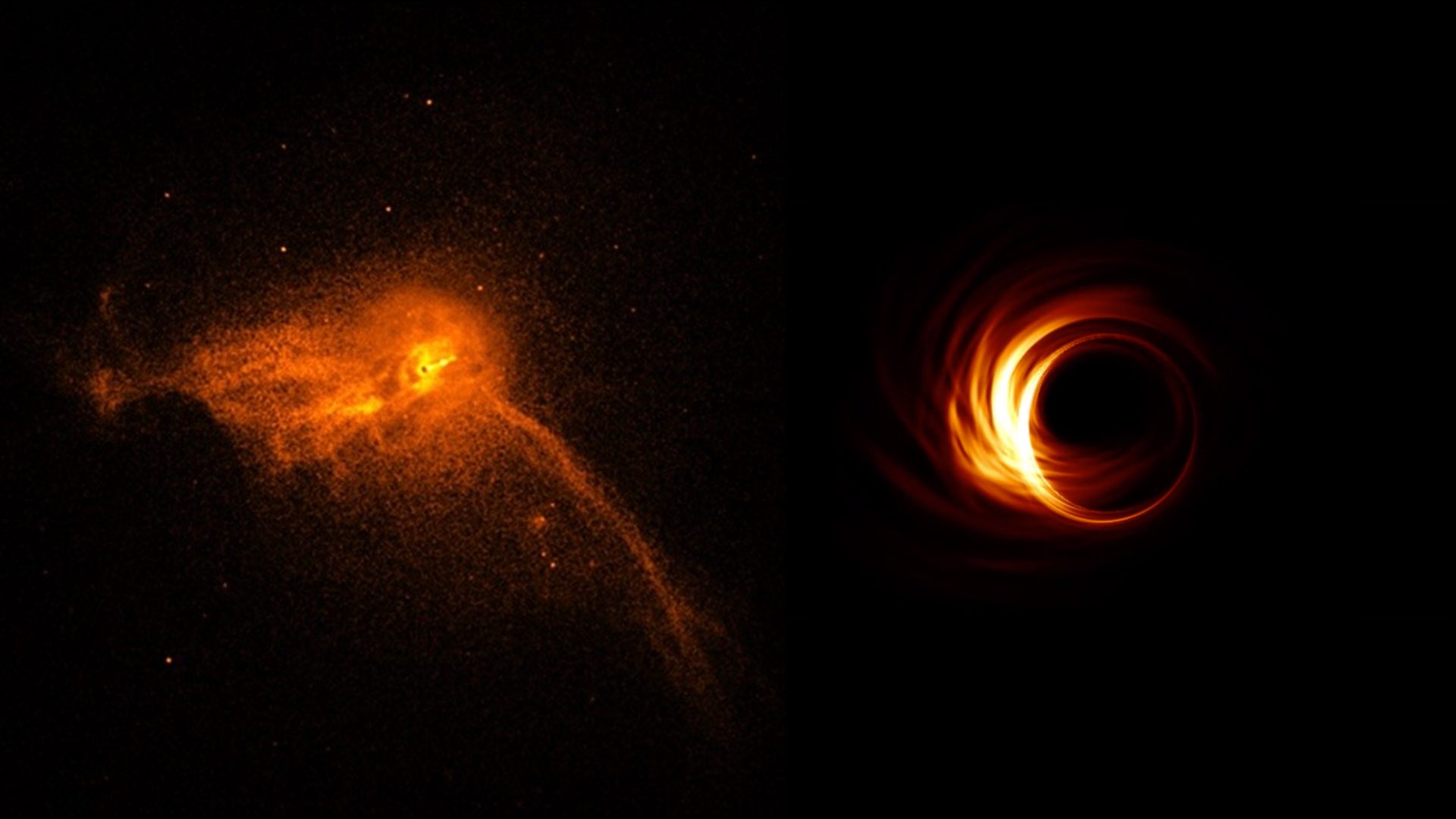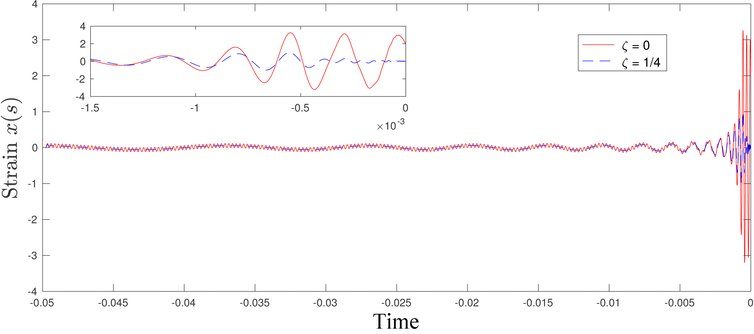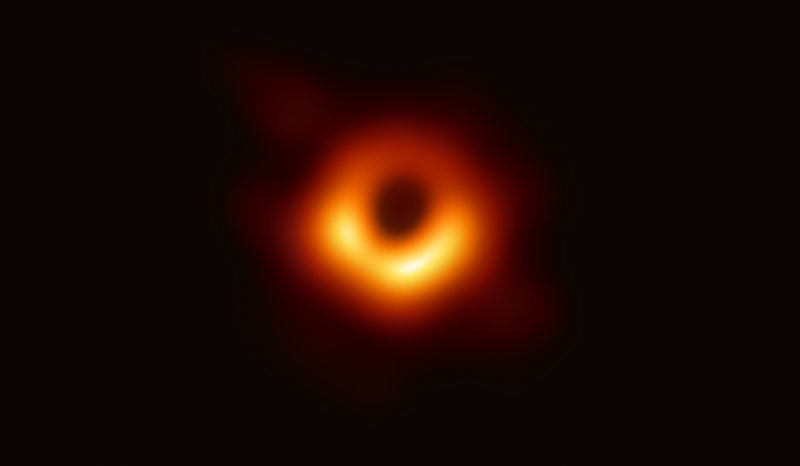Scientists Think Black Holes Could Be Portals To Other Worlds

Very little is known about black holes, aside from the fact that they are the result of a dying star imploding on itself from the pressure of the gravity. One theory about the mechanics of black holes is that they might be portals to other galaxies, or other parts of a galaxy.
This is a relatively new theory, as scientists previously thought that attempting to travel through a black hole would destroy anyone who attempted it. In fact, some researchers still believe that the heat emanating from the black hole would entirely vaporize any spacecraft that would attempt to travel through it.
A team of scientists at the University of Massachusetts Dartmouth, believe that there are many different types of black holes, some of which would be easier to travel through than others. The team even believes that there are some black holes that a spacecraft would be able to pass through “gently.”
According to Gaurav Khanna, lead researcher on the team, “the reason that this is possible is that the relevant singularity inside a rotating black hole is technically “weak,” and thus does not damage objects that interact with it. At first, this fact may seem counter intuitive. But one can think of it as analogous to the common experience of quickly passing one’s finger through a candle’s near 2,000-degree flame, without getting burned.”
 This illustration shows a black hole named Cygnus X-1, which is sucking the life out of a blue star beside it. Photo Credit: NASA/CXC/M.Weiss
This illustration shows a black hole named Cygnus X-1, which is sucking the life out of a blue star beside it. Photo Credit: NASA/CXC/M.Weiss
Khanna’s team has been researching black holes for over 20 years, and they believe in this theory that some black holes would be possible to travel through.
“Under all conditions an object falling into a rotating black hole would not experience infinitely large effects upon passage through the hole’s so-called inner horizon singularity. This is the singularity that an object entering a rotating black hole cannot maneuver around or avoid. Not only that, under the right circumstances, these effects may be negligibly small, allowing for a rather comfortable passage through the singularity. In fact, there may no noticeable effects on the falling object at all. This increases the feasibility of using large, rotating black holes as portals for hyperspace travel,” Khanna says.
The researchers used a computer simulation to support their theory about calm black holes.
 This graph depicts the physical strain on the spacecraft’s steel frame as it plummets into a rotating black hole. Photo Credit: Khanna/UMassD
This graph depicts the physical strain on the spacecraft’s steel frame as it plummets into a rotating black hole. Photo Credit: Khanna/UMassD
For many years, scientists have only had theoretical models to help them imagine what a black hole looked like. No one had ever taken a photo of this phenomenon in space before, until earlier this year.
The images were captured thanks to a global network of telescopes called the Event Horizon Telescope.
Researchers found the apparent black hole in galaxy M87, according to Sheperd Doeleman, EHT Director and astrophysicist at the Harvard-Smithsonian Center for Astrophysics in Cambridge.
The black hole is 55 million light-years from Earth in the constellation Virgo, and it’s about 1,000 times as large as the Milky Way’s giant, which weighs the equivalent of roughly 4 million suns.
 Black Hole / Photo: Event Horizon Telescope
Black Hole / Photo: Event Horizon Telescope
In another incredible discovery that happened this year, scientists detected a “dark impactor” that has some researchers believe has been “blasting holes in our galaxy.” This force is not visible, and may not be made up of matter. This may be made up of some type of material that humans aren’t even familiar with. Human telescopes haven’t even been able to detect this material yet, but it is leaving a mark and that is how we know it is out there.
Ana Bonaca, is the researcher from the Harvard-Smithsonian Center for Astrophysics, who discovered evidence for the impactor.
Bonaca presented her evidence to her peers for the first time on April 15, at the conference of the American Physical Society in Denver. Bonca says that whatever this mysterious force is, it is creating a series of holes in our galaxy’s longest stellar stream, GD-1.
If you are not familiar with the term, stellar streams are basically rows of stars that move together across galaxies. Many times, these streams originate in smaller clusters of stars that collided with the galaxy.
Bonaca managed to make this discovery by keeping an eye on data from the Gaia mission, a European Space Agency program that maps billions of stars in our galaxy and tracks their movements across the sky. Bonaca cross referenced the information from the Gaia mission with observations from the Multi Mirror Telescope in Arizona.